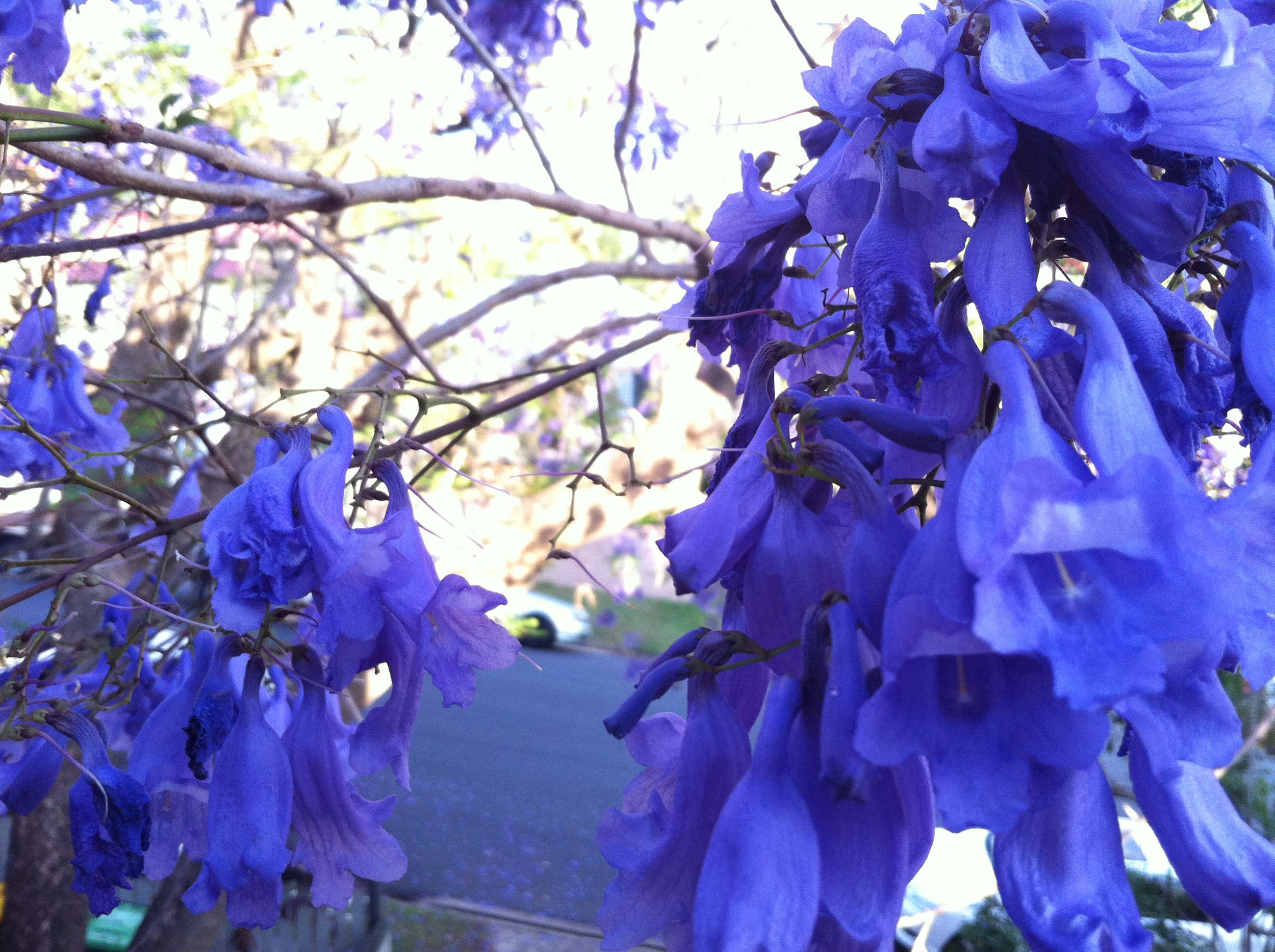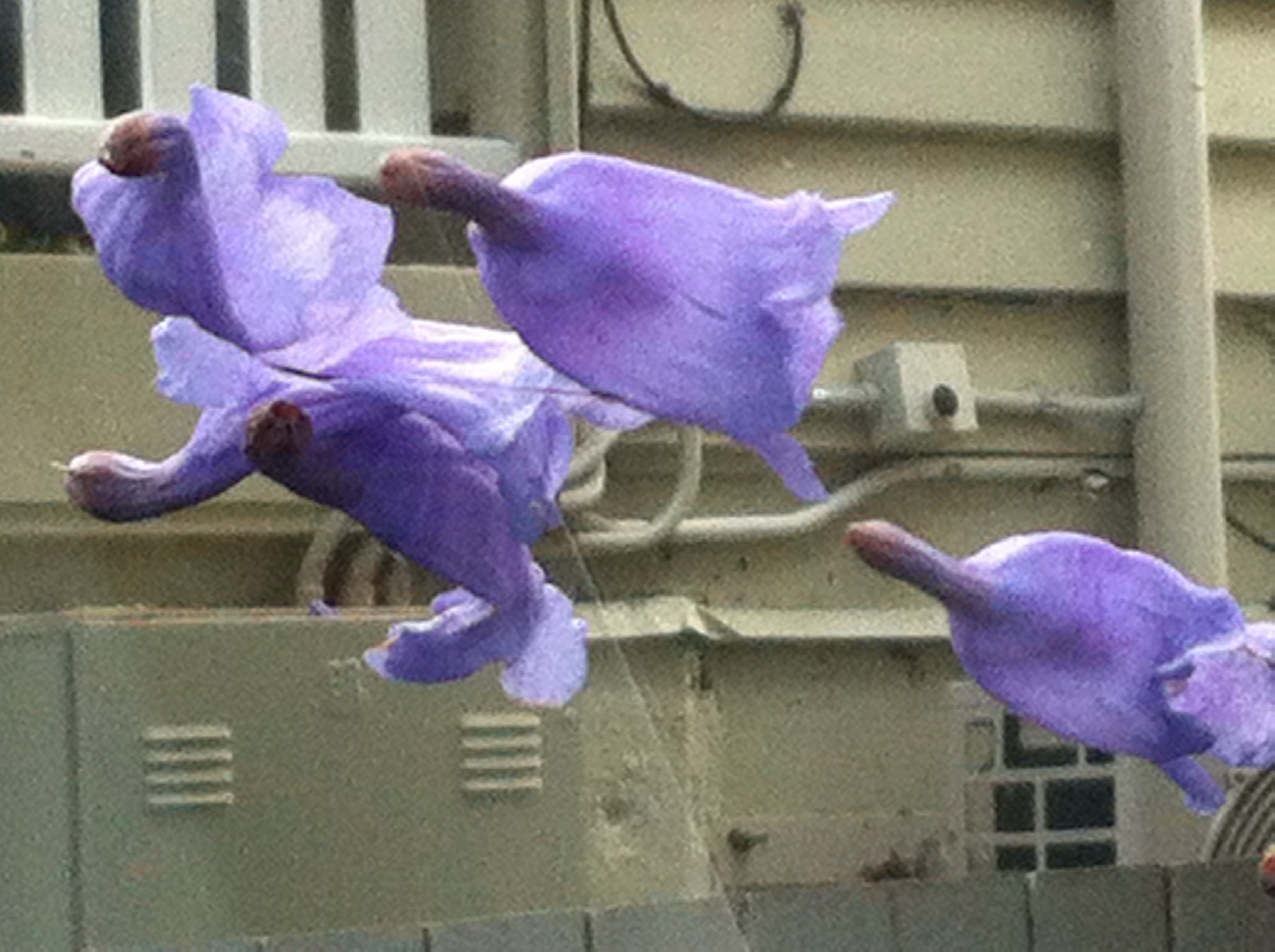Spring
/The next person who tells me my home town of Brisbane has no seasons should wake before dawn, which, although they may not have noticed, is an hour earlier than it was a couple of months back. They ought to listen to the pied butcherbird that starts around 4am in the top of a big tree in our front yard, seeking a mate through a gorgeous song “under the cover of dark” – he stops with the sun. Then there are the noisy miners, more noisy than minor at the moment. And the kookaburras, seeking a village to raise their chicks, evicted from everywhere by the over-populating miners. And soon, the brash parrots, chattering about their own chicks in the trees, and all the other birds that put spring in our spring.
Those seasonal naysayers should get on a bike and ride to the city gardens where they’ll be dive-bombed by magpies protecting their young, or watch scrub turkeys, crazed in every season but manic now when they must finish building their huge mounds or lose the chance of a family this year.
Brisbane definitely has seasons but perhaps it’s not surprising some visitors don’t notice. I checked out a couple of internet sites. The first said we get most of our rain in the winter. We do? The other did make the point that Brisbane “has got the four usual seasons” (and the unusual ones?). Instead of looking at the internet, the doubters ought to take a walk in my neighbourhood where native wisteria, callistemon and silky oak are raucous with colour. And hello, it’s hard to miss the jacarandas, which were green two months ago and are now purple.
I know they’re not native, but jacarandas signify late spring in Brisbane almost as surely as the temperature of the sea increasing by three degrees signifies the coming summer. Our most famous jacaranda, painted by Godfrey Rivers, was the first in Australia, the seed from South America planted in the botanic gardens by the canny Scottish horticulturalist Walter Hill in 1864, surviving until a 1979 cyclone. Ask anyone who grew up in Brisbane and they’ll have a story involving a jacaranda, whether it’s trashing their uni exams that one year, visits to New Farm park with a grandparent, or spending hours in a childhood treehouse. I’m glad Hill though to plant the non-native. If there’s a more beautiful sight than a jacaranda and silky oak in bloom side by side in the late afternoon skewed spring sunshine, I don’t know what it is.
I spent a cold winter in Canada a few years back. We saw few creatures other than humans during those long monochrome days and nights. In the spring, our friends took us birdwatching. We saw some wonderful birds and the stories of their long journeys to reach us were astounding. But we stood around in the cold for a long time before we saw those few birds, and their calls, while lovely, were muted, nothing like the pure unbridled joy of the chorus that wakes me every morning at this time of year.
But if I could play the season doubters just one bird’s song that tells me spring is here, it probably wouldn’t be a local. Instead, I’d listen out for that herald of summer, a migrant himself as it happens, arriving at this time every year from New Guinea. The jet black koel is the bird you hear early morning and late afternoon, a call full of feeling, often prescient of a summer storm, a heartfelt “ko-el” over and over that some people hate. He’s already telling us what’s ahead, a long hot summer where the earth will bake, the grass will need cutting every week and there will be plenty of passion in the sky.
I love spring. Our sleeping jungle wakes suddenly and finds the world in love with itself. I know our trees don’t lose their leaves, and our winter hardly deserves the name, but the seasons are still different from each other, and all more recklessly alive than in other places. Spring is the most lively of them all. Bring on summer, it says. Bring it on.
Based on the column published in The Courier-Mail Qweekend on 19 October 2013. I write mainly about writing, education, birth, health and the thrill of parenting. You can Get in touch, tick the box to receive emails, Like Writer Mary-Rose MacColl on Facebook or follow MaryRoseMacColl on Twitter. Have a great day!






